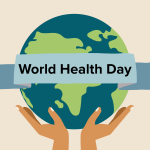How to Keep Your Patients & Staff Safe During COVID-19
- 17 July 2020
- Blog
eClinicalWorks
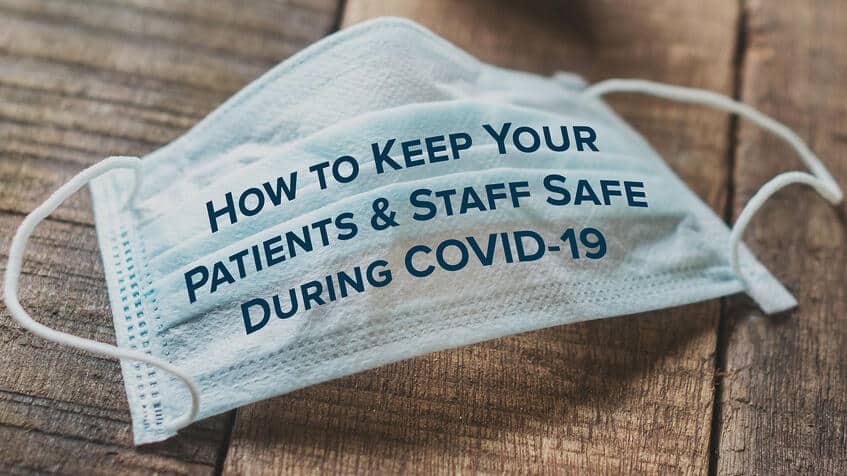
With so much uncertainty surrounding COVID-19, safety is on everyone’s mind right now. Providers may wonder about the best ways to continue seeing patients while minimizing the risk of spreading coronavirus and easing the anxiety of patients and staff.
Here are a few things to think about when it comes to safety.
Taking the visit out of the doctor’s office
Social distancing is still a strong factor in reducing the spread of the virus. When it isn’t absolutely necessary to bring patients into the office, providers can utilize telehealth technology. With telehealth, patients can join an appointment right from the comfort of their home, reducing risk for both your patients and staff.
For chronic care patients who are at a greater risk for an emergency visit, participating in programs such as Chronic Care Management can help to keep them out of both the hospital and the doctor’s office. You can customize care plans and check in with patients regularly to ensure they are staying on track.
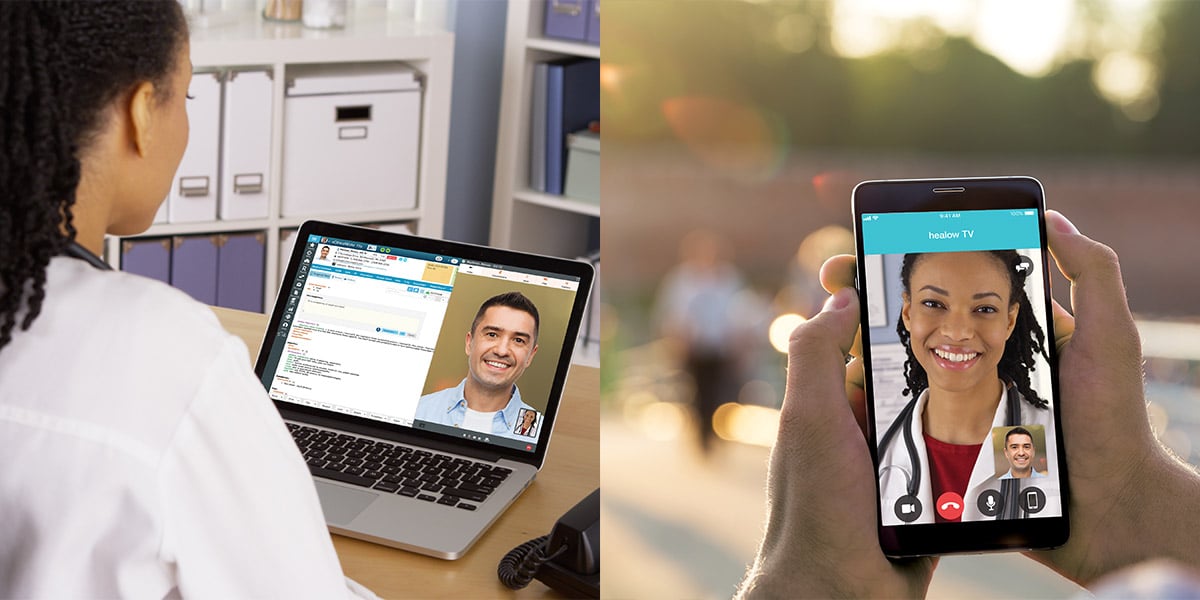
Precautions are the best caution
In certain circumstances, patients have to physically go to the doctor’s office. When that’s the case, providers should consider adopting a contactless check-in method. By using contactless check-in, patients can confirm their appointment at their leisure, notify the staff when they arrive, and then have their temperature checked and be screened for flu-like symptoms in the parking lot before entering the doctor’s office. This eliminates the waiting room and reduces the chances of spreading disease to other patients and staff.
In addition to contactless check-in, there are other ways that providers can further promote safety at their practice. If possible, require that staff, patients and visitors who are medically able to do so wear masks while inside the healthcare facility. Offer free masks at the entrance of the practice for patients who forget to bring theirs or don’t have one.
Many providers are adding hand sanitizer stations at the entrance and in various locations throughout the office. Anyone who enters the building is asked to sanitize their hands, which providers and staff should also be doing before and after each patient encounter.
Staying up to date on expert recommendations from organizations like the Centers for Disease Control (CDC) and World Health Organization (WHO) can also be valuable resources in limiting exposure and the spread of disease.
To find out more about the tools that we offer that can help keep your patients and staff safe, contact us below.
Related Post

- 9 January 2025
- Blog
Unveiling Trends Set to Transform Healthcare in 2025

- 15 February 2024
- Blog
AI Medical Scribes in Remote Healthcare Services

- 7 November 2023
- Blog
Embracing Technology for Startup Weight Loss and Medical Spa Clinics
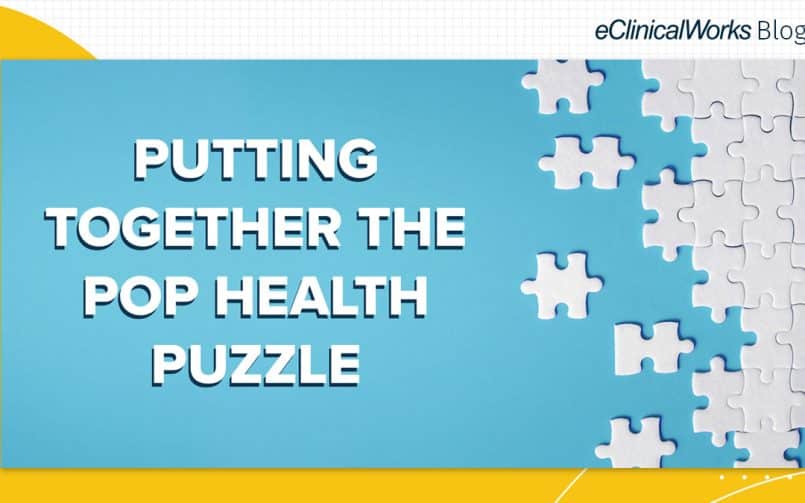
- 6 December 2022
- Blog
Putting Together the Pop Health Puzzle

- 16 November 2022
- Blog
Making Pop Health Easier with Speed, Flexibility, and Insight

- 27 September 2022
- Blog
Back to School — for Your Practice, Too!
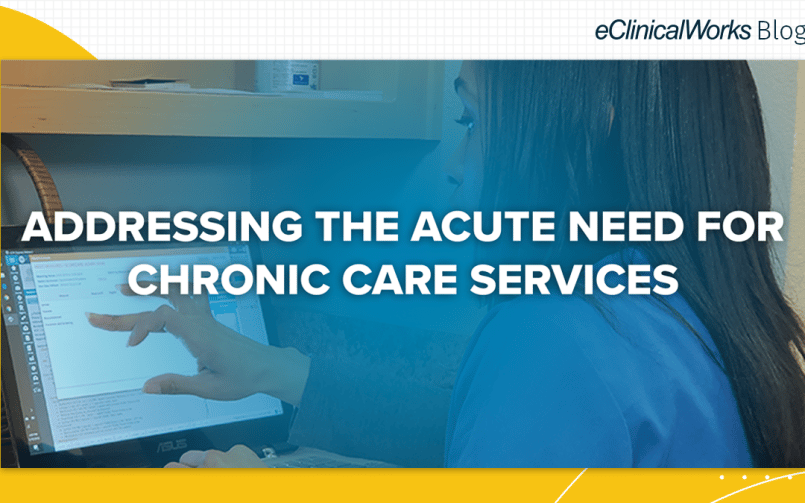
- 17 August 2022
- Blog
Addressing the Acute Need for Chronic Care Services

- 21 June 2022
- Blog
Dermatology Made Easier This Summer

- 25 March 2022
- Blog
HIMSS22 Outlines Opportunities in Healthcare
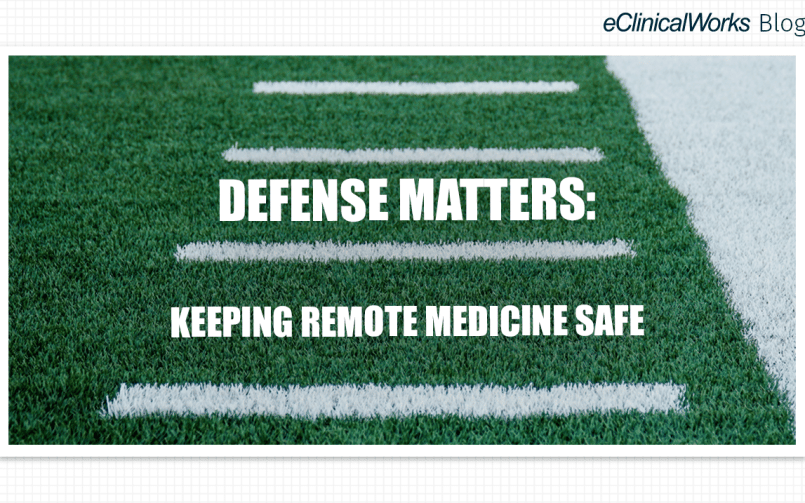
- 17 February 2022
- Blog
Defense Matters: Keeping Remote Medicine Safe

- 10 February 2022
- Blog
All the Ingredients for Population Health Management
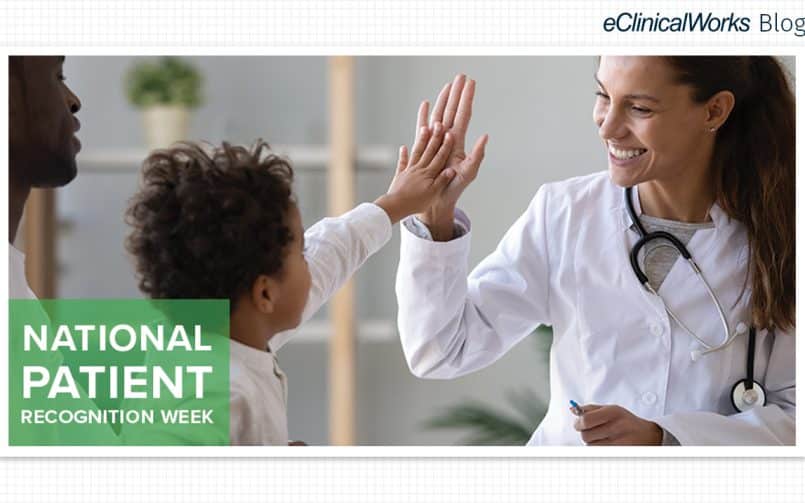
- 1 February 2022
- Blog
One Key for 2022: Staying Focused on Patients
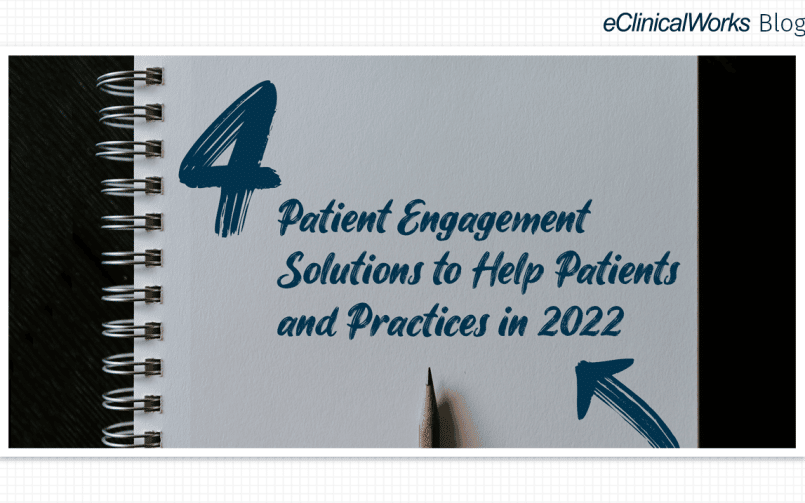
- 28 January 2022
- Blog
4 Patient Engagement Solutions to Help Patients and Practices in 2022

- 25 January 2022
- Blog
The Right Tools During Challenging Times

- 19 January 2022
- Blog
Healthcare 2022: Regulatory Trends to Look for in the Year Ahead

- 28 December 2021
- Blog
Looking Back at 5 Key Success Stories from 2021

- 15 December 2021
- Blog
Meeting Staffing Needs: Looking Beyond COVID-19

- 18 November 2021
- Blog
Remaining Vigilant in the Lung Cancer Fight

- 4 November 2021
- Blog
Telehealth Is Long-Established Science Fact
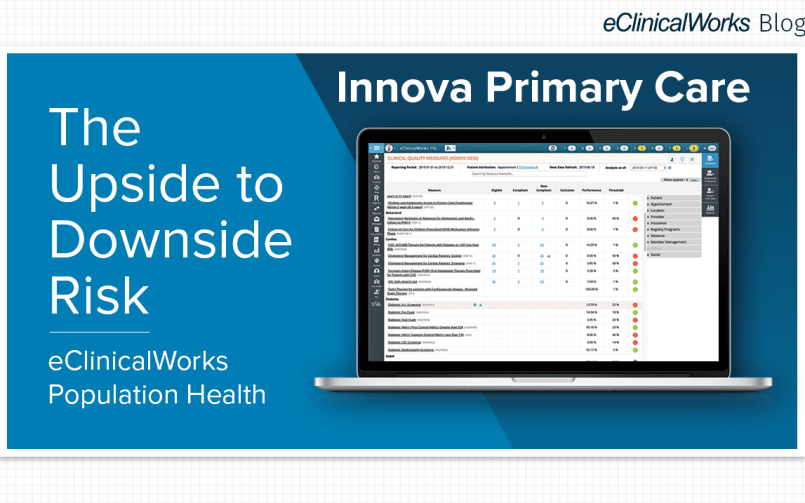
- 2 November 2021
- Blog
Innova Primary Care: The Upside to Downside Risk
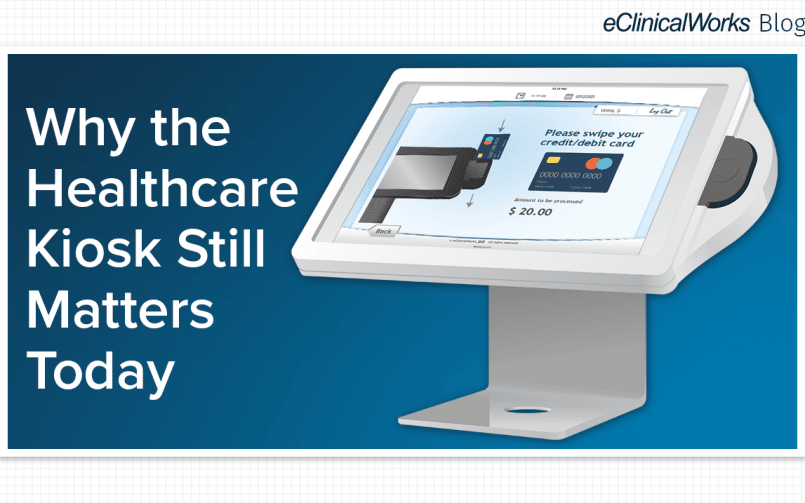
- 28 October 2021
- Blog
Why the Healthcare Kiosk Still Matters Today
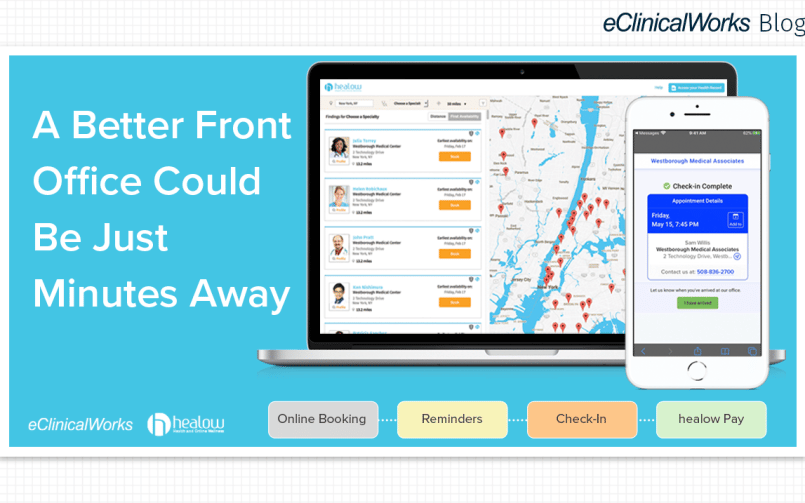
- 21 September 2021
- Blog
A Better Front Office Could Be Just Minutes Away

- 2 September 2021
- Blog
It’s Time for a Better Check-in Solution
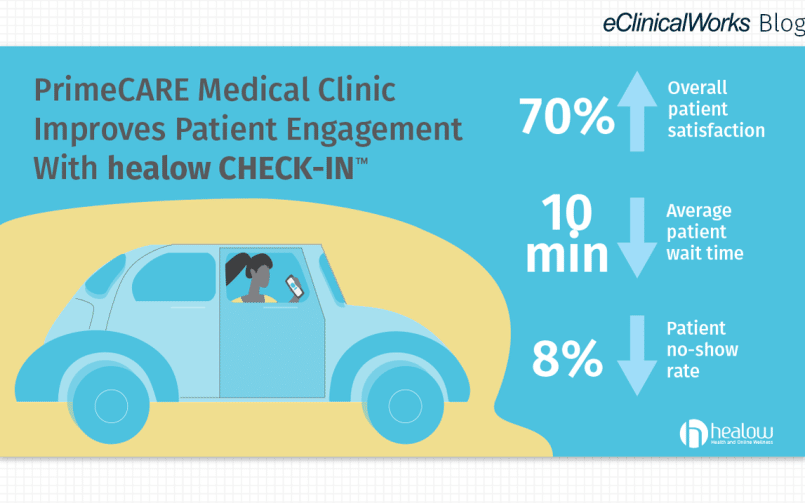
- 24 August 2021
- Blog
In Healthcare, First (and Last) Impressions Matter
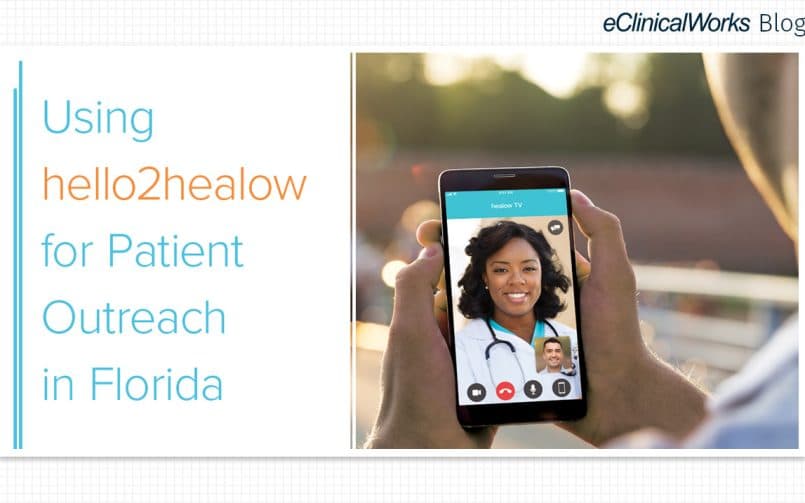
- 12 August 2021
- Blog
Using hello2healow for Patient Outreach in Florida

- 27 May 2021
- Blog
When Neurological Care Cannot Wait

- 20 May 2021
- Blog
Solutions for Allergy Testing, Tracking, and Treatment
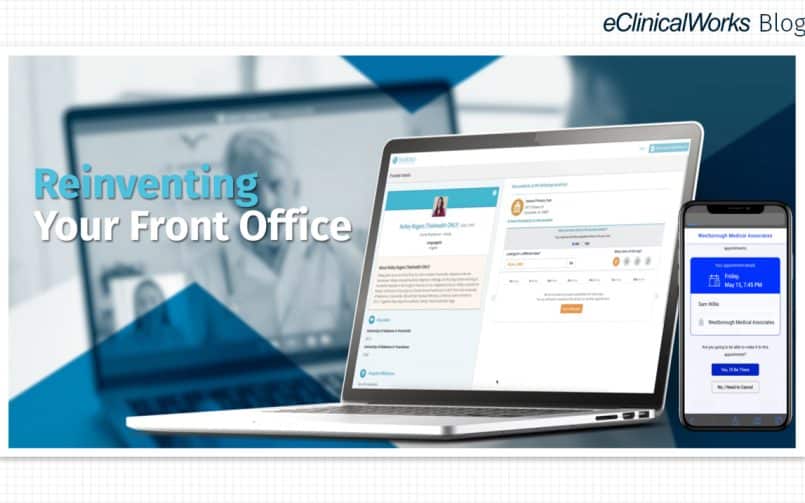
- 16 March 2021
- Blog
A Partner for Reinventing Your Practice

- 2 March 2021
- Blog
What it Takes to Better Know Your Patients
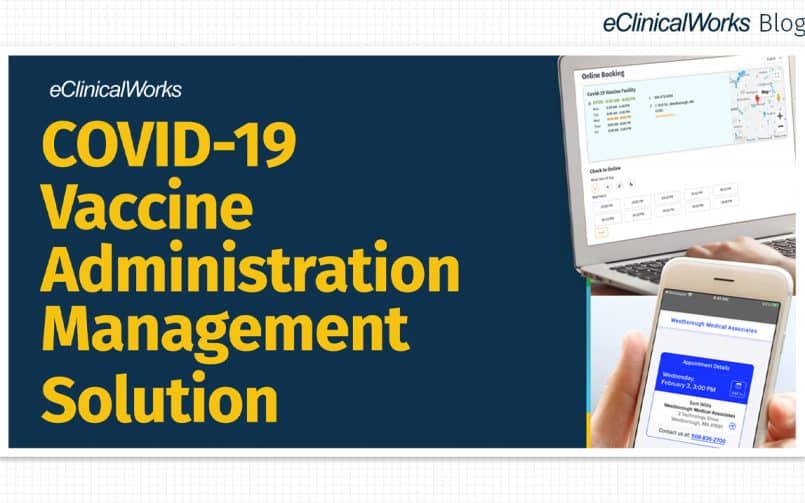
- 25 February 2021
- Blog
Meeting the Challenge of Vaccine Administration

- 9 February 2021
- Blog
How healow CHECK-IN™ is transforming healthcare

- 29 January 2021
- Blog
Putting the Pieces Together for Quality Healthcare

- 30 December 2020
- Blog
2020 eClinicalWorks Year in Review

- 22 December 2020
- Blog
Thirlby Clinic: Using Telehealth and CCM for Better Disease Management

- 15 December 2020
- Blog
A Challenging Year Is Ending — New Opportunities Ahead
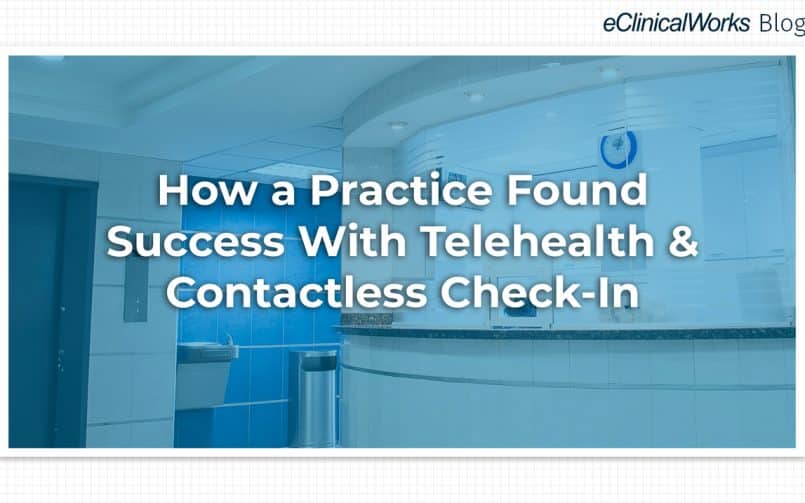
- 10 December 2020
- Blog
How a Practice Found Success With Telehealth & Contactless Check-In
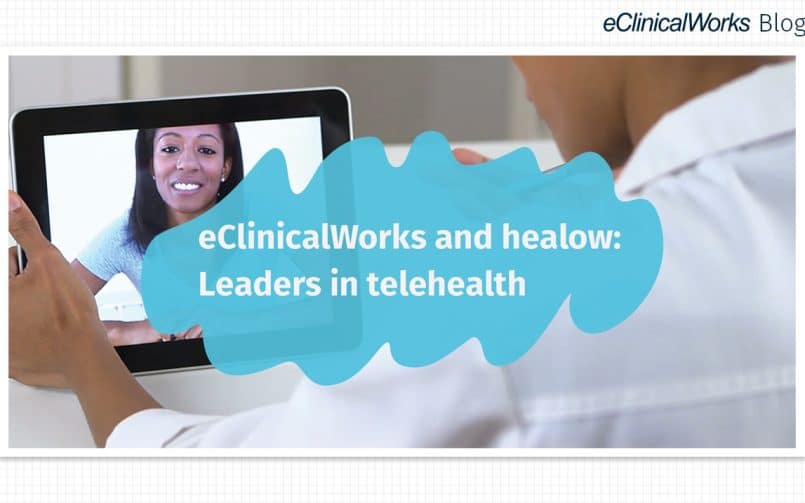
- 24 November 2020
- Blog
The Continuing Influence of Telehealth

- 19 November 2020
- Blog
Meeting the Demand for Behavioral Health Services

- 12 November 2020
- Blog
Reinventing Healthcare for a Brighter Future

- 11 November 2020
- Blog
Show Me the Money Methods!
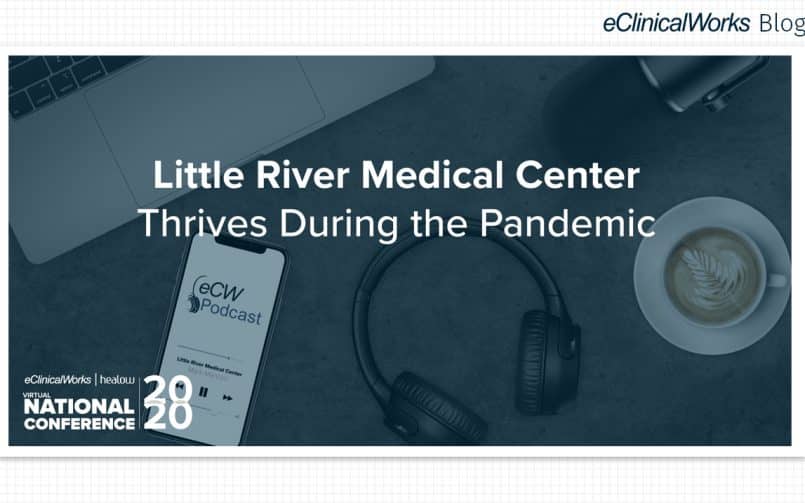
- 6 November 2020
- Blog
How Little River Medical Center Thrived During the Pandemic

- 19 October 2020
- Blog
How Telehealth, CCM, and Contactless Check-In Revitalized a Practice in Need
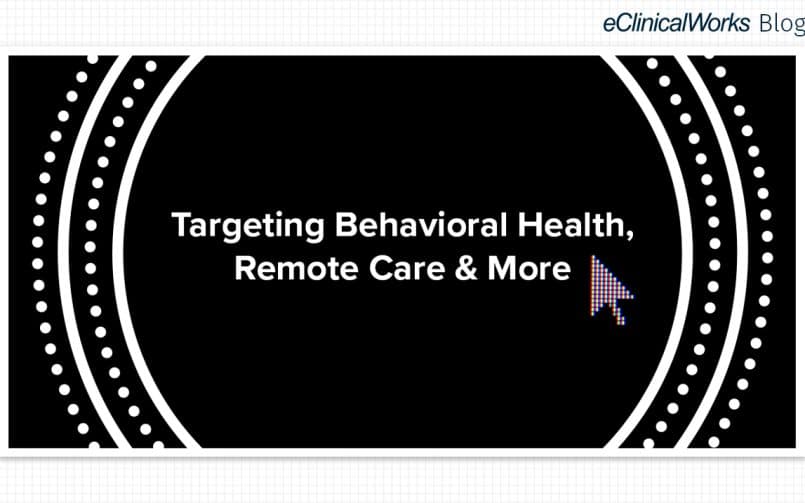
- 15 October 2020
- Blog
Targeting Behavioral Health, Remote Care & More
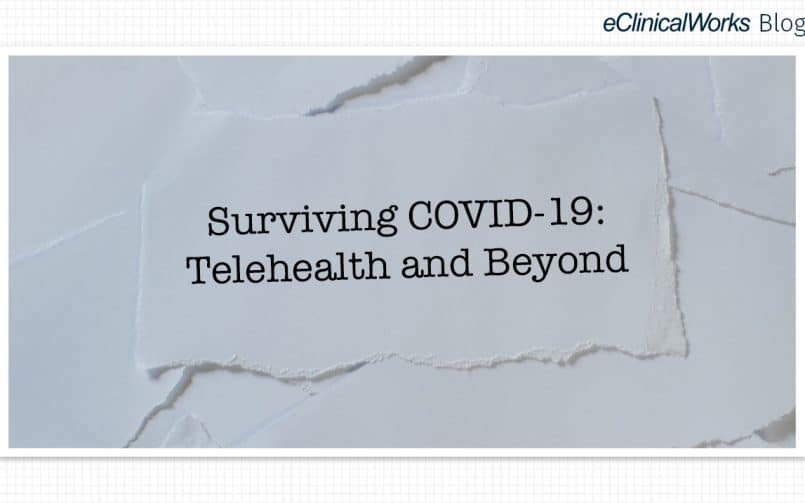
- 30 September 2020
- Blog
Surviving COVID-19: Telehealth and Beyond
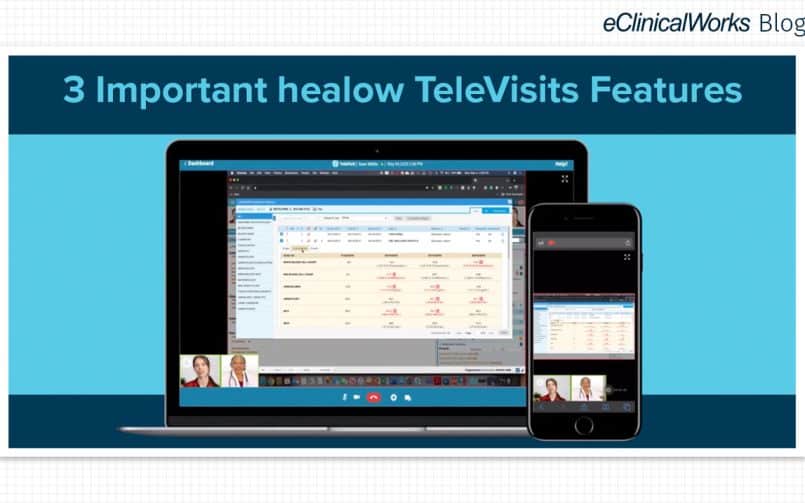
- 21 September 2020
- Blog
3 Important healow TeleVisits Features

- 9 September 2020
- Blog
It’s Your Practice — Dream Big!
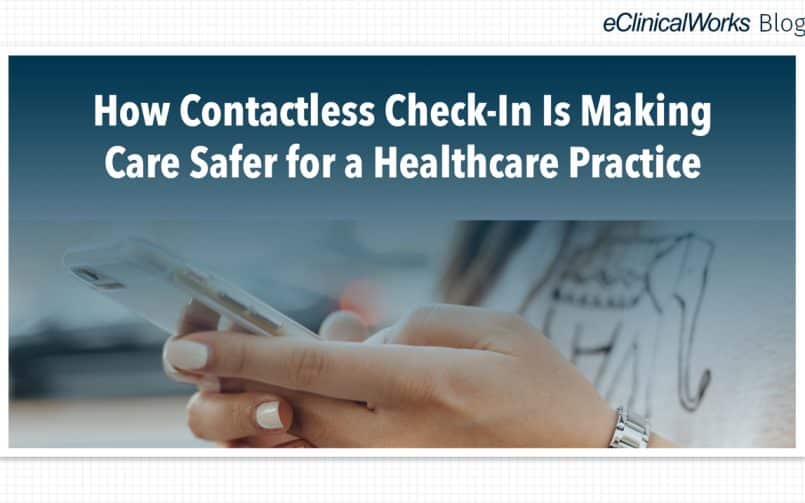
- 3 September 2020
- Blog
How Contactless Check-In Is Making Care Safer for a Healthcare Practice

- 1 September 2020
- Blog
Back to the Basics During the COVID-19 Era
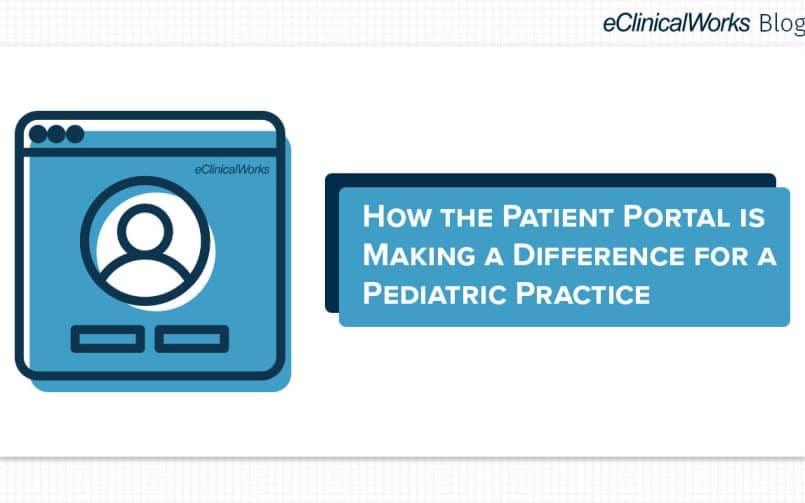
- 28 August 2020
- Blog
How the Patient Portal Is Making a Difference for a Pediatric Practice
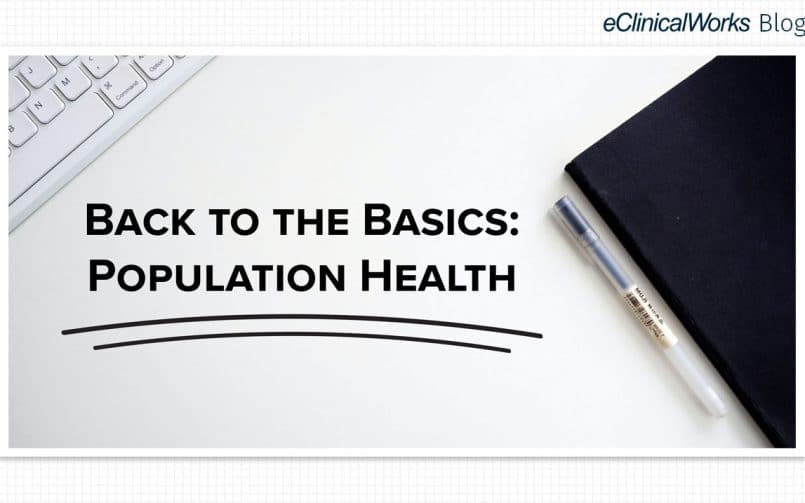
- 7 August 2020
- Blog
Back to the Basics: Population Health

- 24 July 2020
- Blog
Pushing Boundaries, Reaching New Horizons
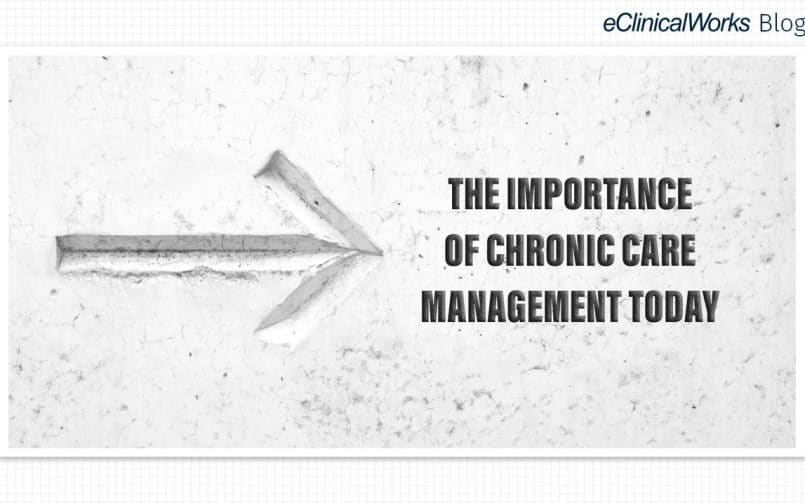
- 13 July 2020
- Blog
The Importance of Chronic Care Management Today
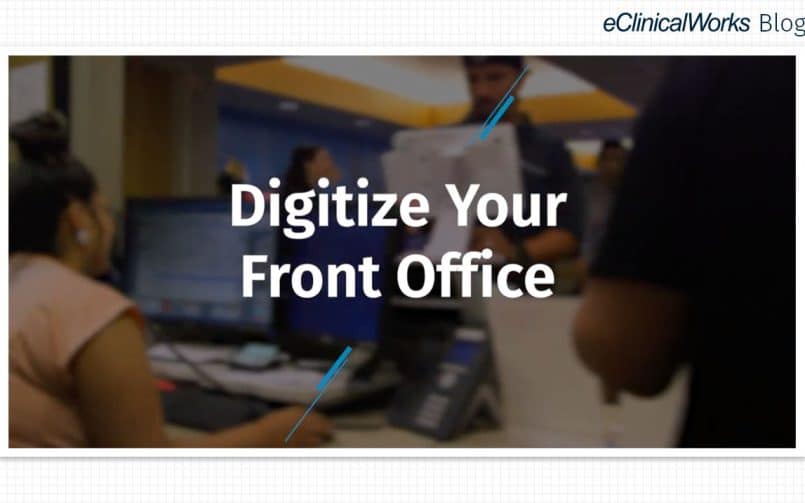
- 1 July 2020
- Blog
How to Digitize Your Front Office
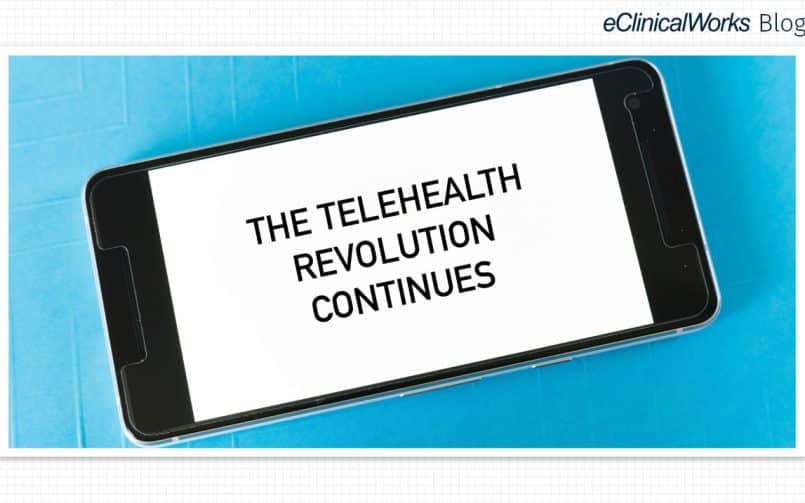
- 29 June 2020
- Blog
The Telehealth Revolution Continues
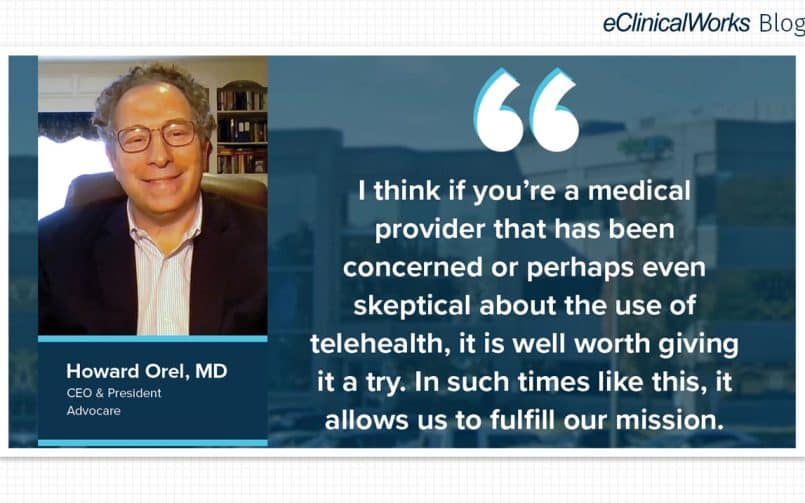
- 24 June 2020
- Blog
How Advocare Put healow TeleVisits™ to Work
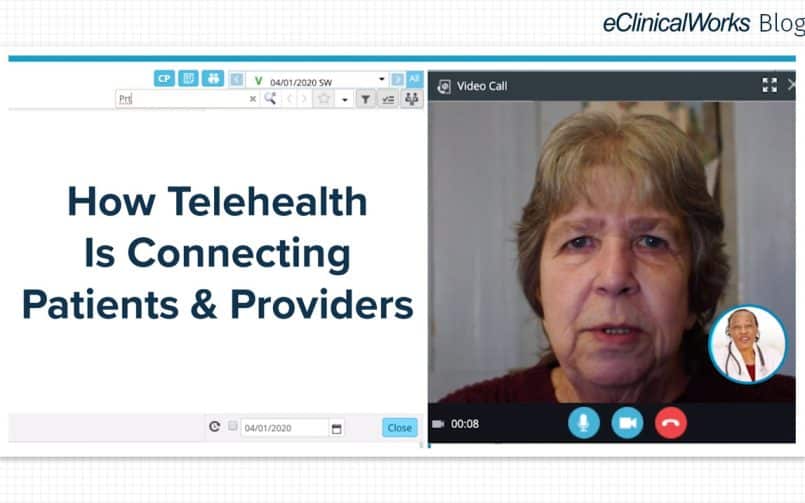
- 17 June 2020
- Blog
How Telehealth Is Connecting Patients & Providers

- 12 June 2020
- Blog
Finding a New Normal: The Patient Experience

- 10 June 2020
- Blog
Minding Mental Health During COVID-19

- 3 June 2020
- Blog
Expanding the Range of Specialty Care

- 1 June 2020
- Blog
Reinventing Your Practice
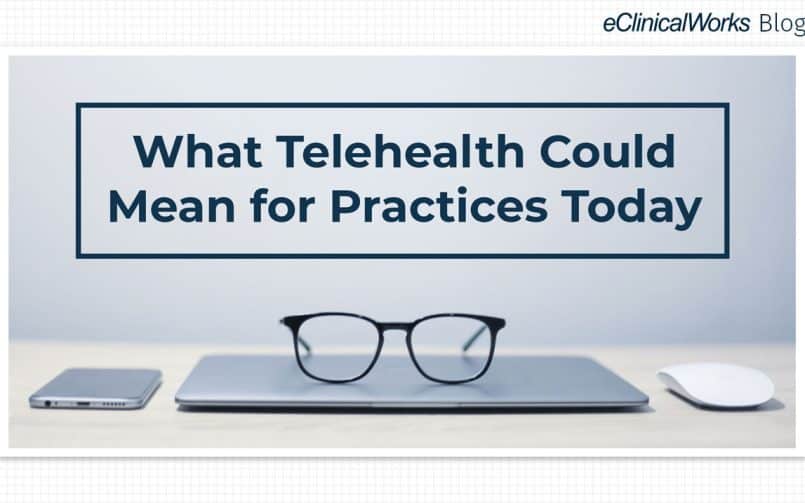
- 29 May 2020
- Blog
What Telehealth Could Mean for Practices Today

- 27 May 2020
- Blog
Resourceful Action During Extreme Times

- 21 May 2020
- Blog
Like Telehealth? There’s More!
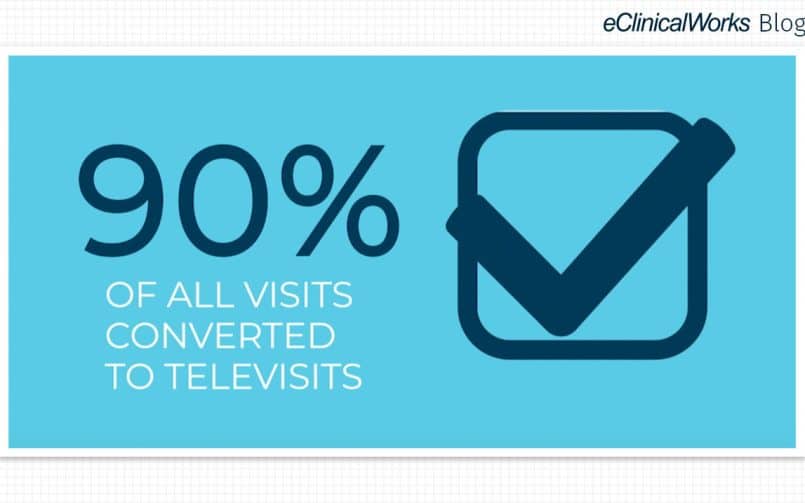
- 19 May 2020
- Blog
The Numbers Behind TeleVisits
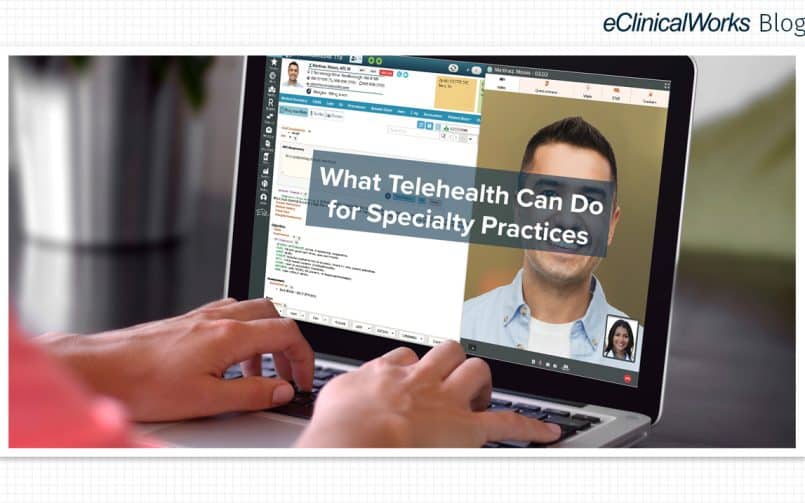
- 16 May 2020
- Blog
What Telehealth Can Do for Specialty Practices
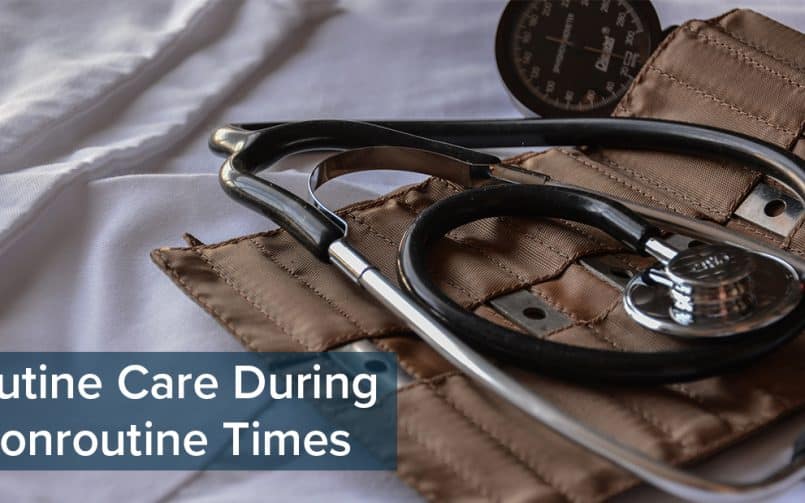
- 13 May 2020
- Blog
Routine Care During Nonroutine Times

- 12 May 2020
- Blog
How Telehealth Will Make The 21st Century Ours

- 8 May 2020
- Blog
Seeing Medicine in a New Light

- 7 May 2020
- Blog
Telehealth: Healing Action at a Distance

- 5 May 2020
- Blog
3 Patient Stories of TeleVisits in Action

- 1 May 2020
- Blog
Sustaining Medical Practice During COVID-19
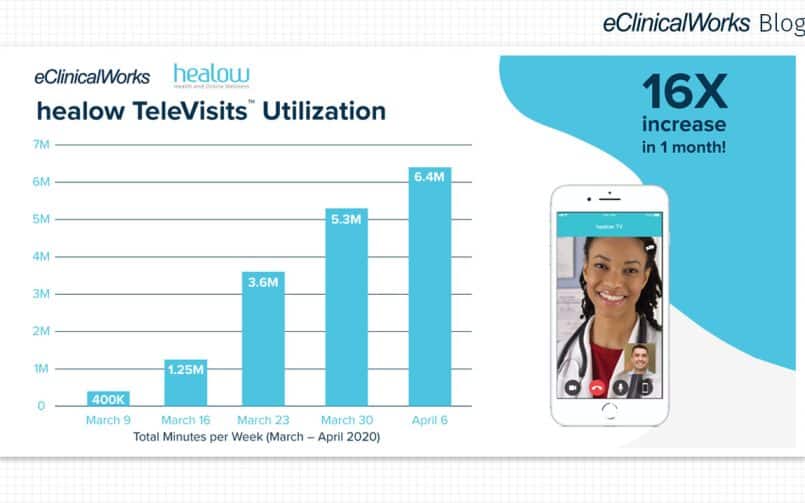
- 29 April 2020
- Blog
The Evolution and Importance of Telehealth

- 27 April 2020
- Blog
Deriving Greater Value from Telehealth

- 24 April 2020
- Blog
3 Practices Finding Success With Telehealth

- 22 April 2020
- Blog
How Innovation Fueled the Rise of Telehealth
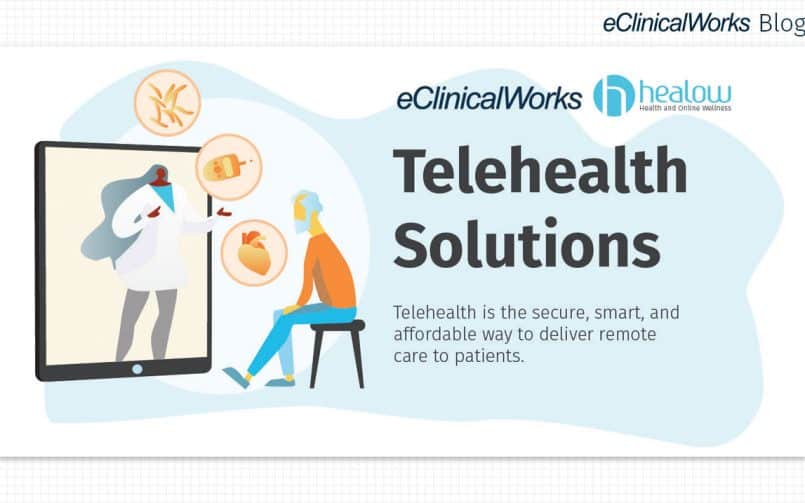
- 20 April 2020
- Blog
Why You Should Activate Telehealth Today
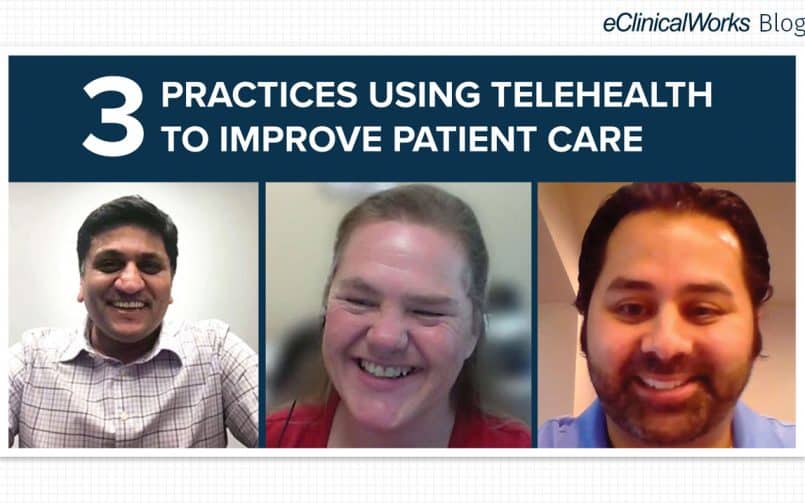
- 17 April 2020
- Blog
3 Practices Using Telehealth to Improve Patient Care

- 15 April 2020
- Blog
Shift in the Medical Mindset

- 13 April 2020
- Blog
How Telehealth Kept a Patient Out of the ER

- 10 April 2020
- Blog
Speeding Toward a New Healthcare Paradigm

- 9 April 2020
- Blog
How Dallas Renal Group is Providing Care While Social Distancing
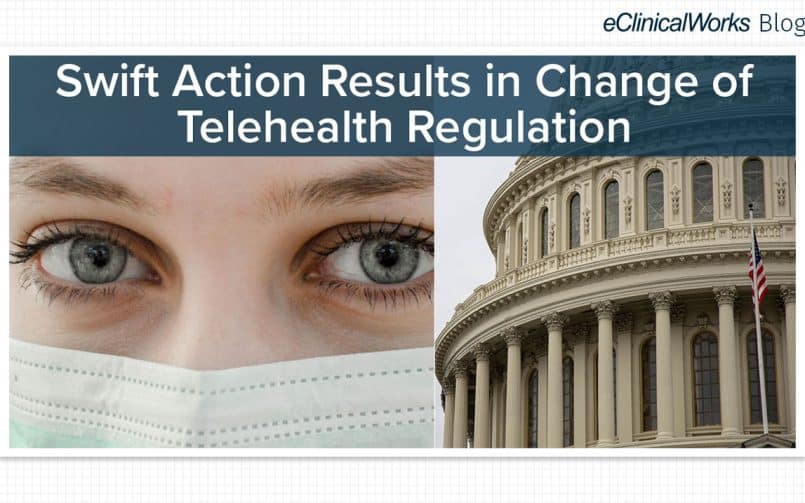
- 8 April 2020
- Blog
Swift Action Results in Change of Telehealth Regulations

- 7 April 2020
- Blog
How Central Ohio Primary Care Physicians is Reducing ER Visits
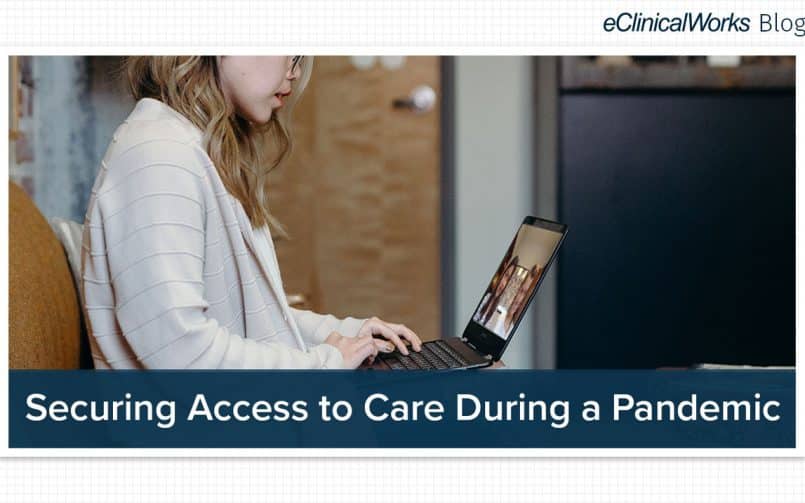
- 6 April 2020
- Blog
Securing Access to Care During a Pandemic

- 3 April 2020
- Blog
How Telehealth is Keeping Patients Safe at Trusted Doctors

- 2 April 2020
- Blog
Flattening the Curve With Telehealth

- 1 April 2020
- Blog
How First Choice Neurology Transformed Their Practice With Telehealth

- 31 March 2020
- Blog
Telehealth and Mental Health in a Time of Crisis
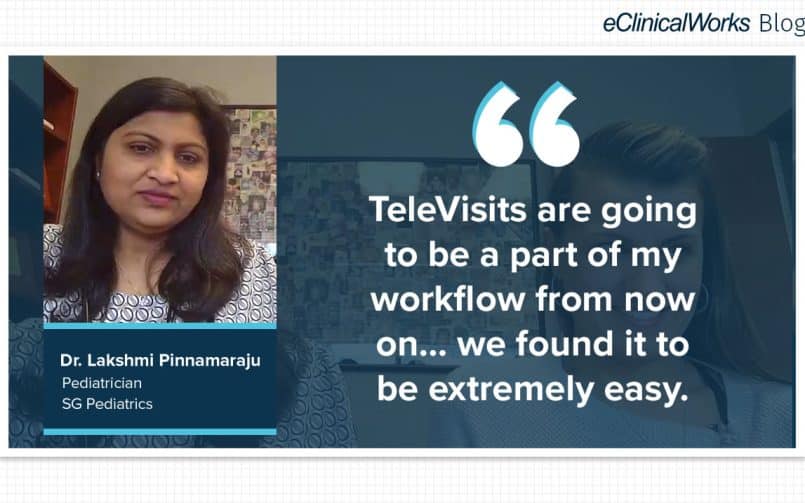
- 27 March 2020
- Blog
How SG Pediatrics are Using TeleVisits to Help Patients

- 26 March 2020
- Blog
The eClinicalWorks Telehealth Advantage

- 25 March 2020
- Blog
How Televisits Have Transformed Comprehensive Sleep Center
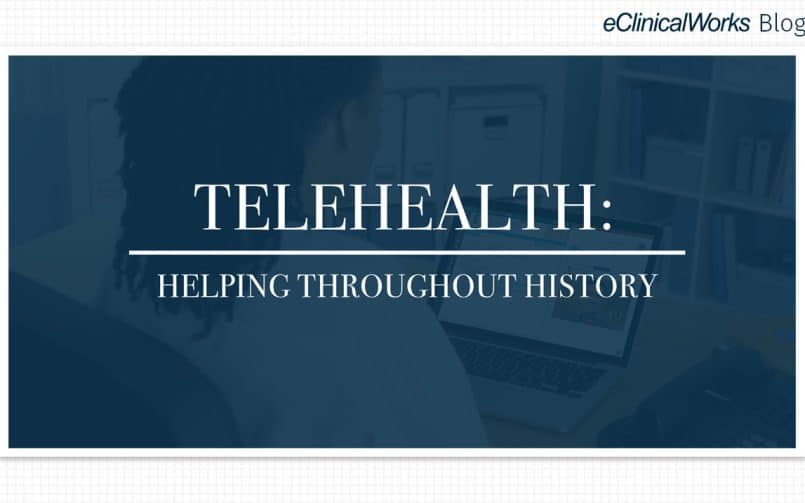
- 24 March 2020
- Blog
Telehealth: Helping Throughout History
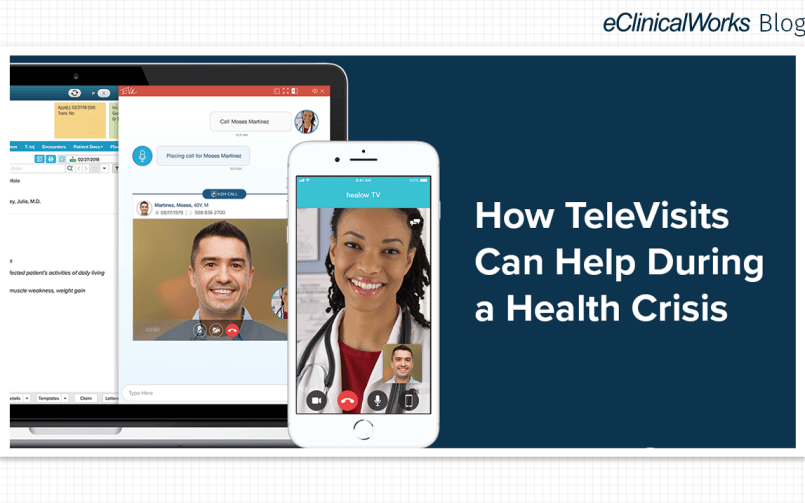
- 23 March 2020
- Blog
How healow TeleVisits Can Help During a Health Crisis
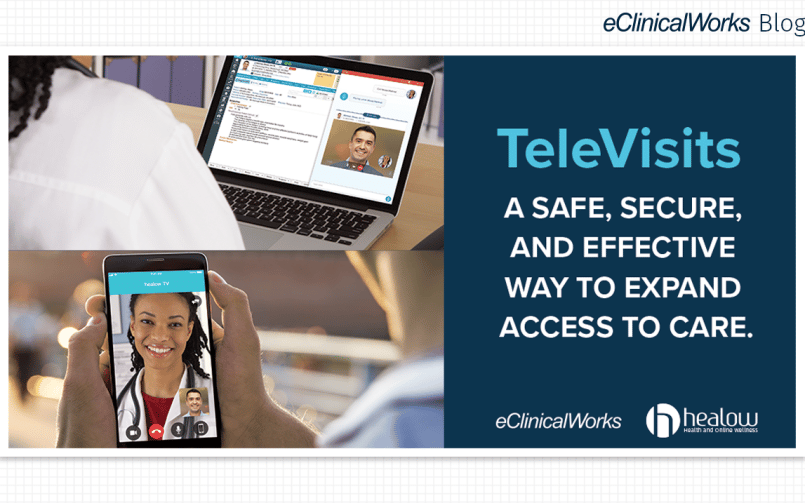
- 20 March 2020
- Blog
healow TeleVisits: How Fast Deployment Helps
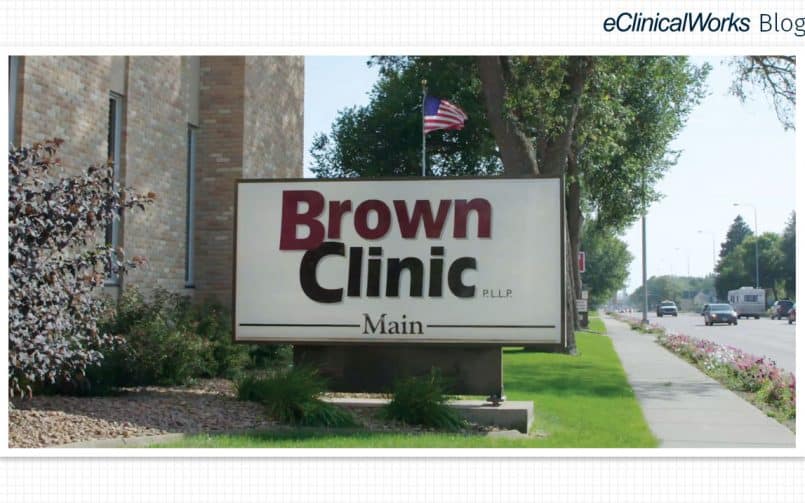
- 13 March 2020
- Blog
Brown Clinic: Community Values With Leading-Edge Technology
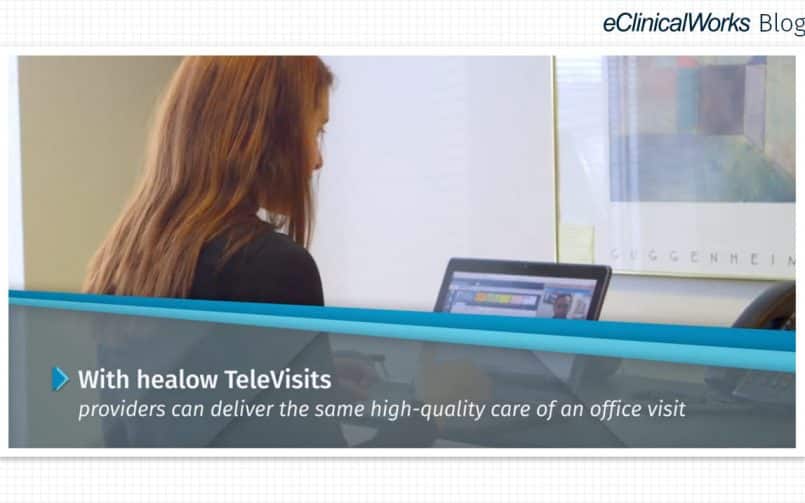
- 11 March 2020
- Blog
Expanding Access to Care With healow TeleVisits
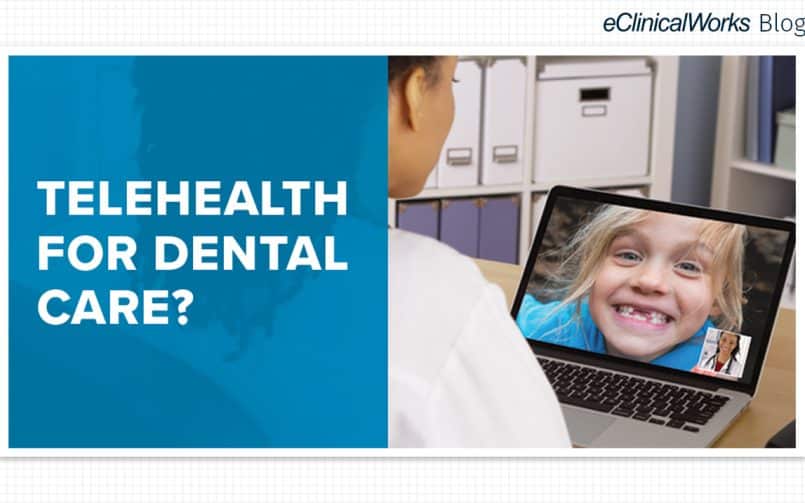
- 17 January 2020
- Blog
Teledentistry: Expanding Access to Dental Care
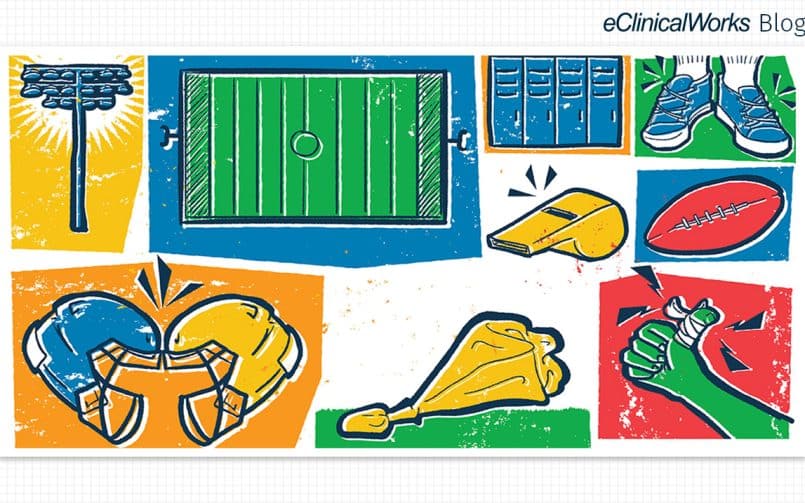
- 8 January 2020
- Blog
The State of Telehealth in 2020

- 1 November 2019
- Blog
Taking Control of Your PCP With CPC+
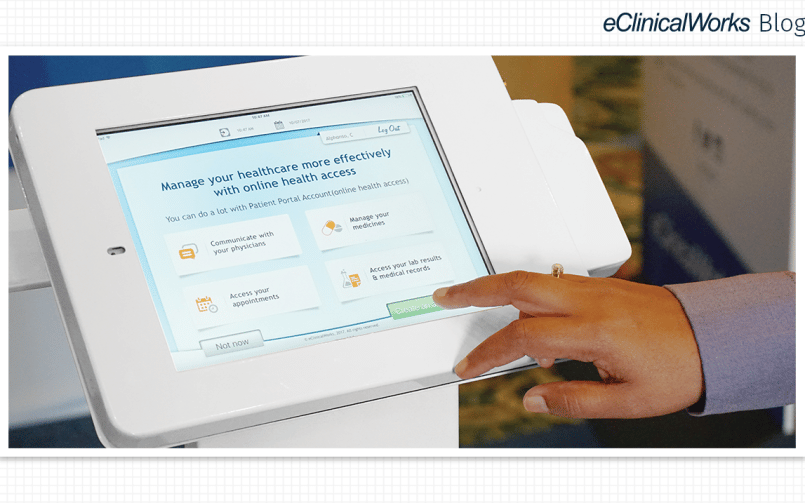
- 14 August 2019
- Blog
Patient-Centered Care: How the Approach Can Improve Healthcare
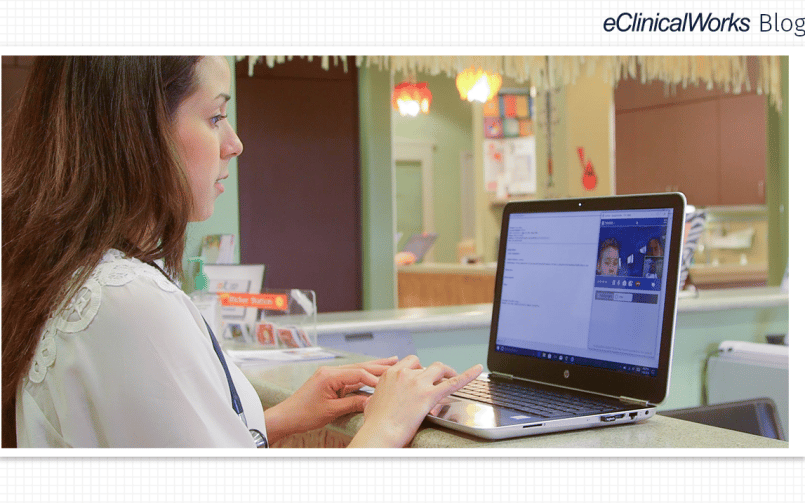
- 5 June 2019
- Blog
3 Ways That Telehealth Is Improving Healthcare
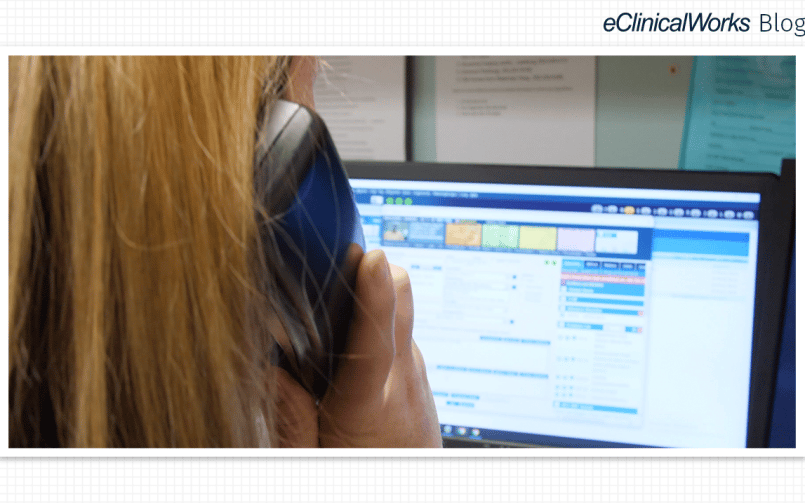
- 5 April 2019
- Blog
CCM: From Zero to 800 Patients in Just 10 Months
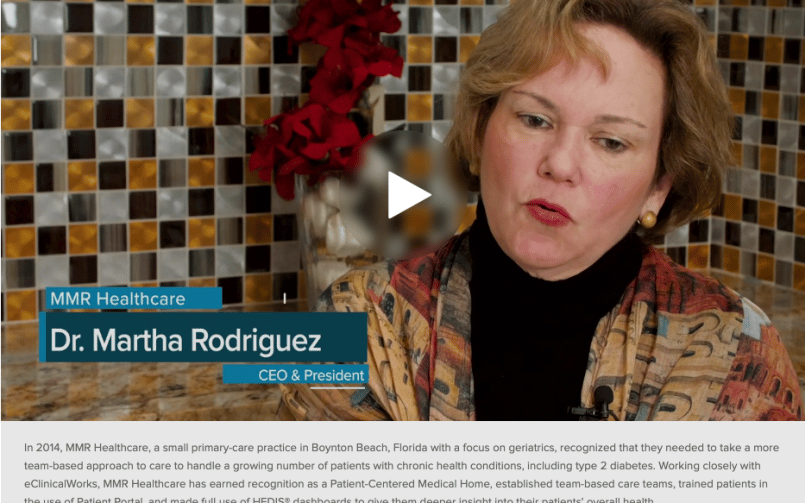
- 21 March 2019
- Blog
CCM: A Long-term Commitment to Teamwork
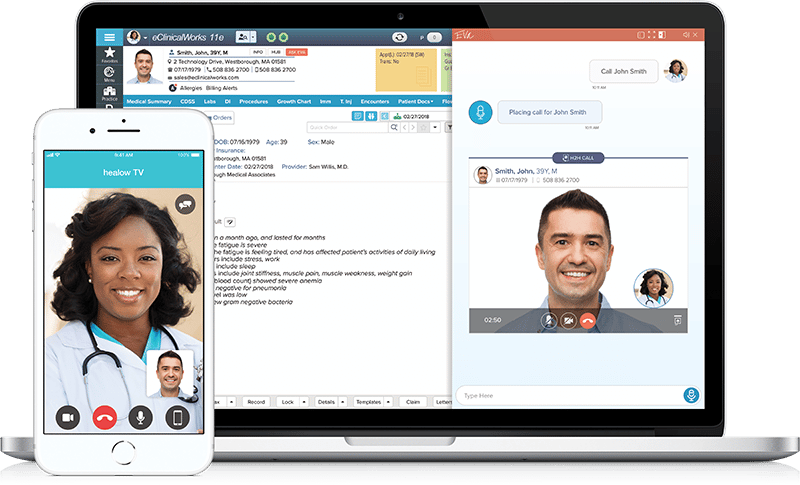
- 9 January 2019
- Blog
Telehealth – Rural Health Center
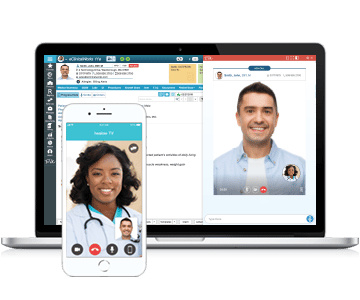
- 1 November 2018
- Blog
Three Ways Telemedicine Improves Care for Providers and Patients

- 15 October 2018
- Blog
How telehealth helps to improve compliance among ADHD patients

- 7 October 2018
- Blog
Powering Through on Game Day!

- 6 October 2018
- Blog
Making Connections on Saturday
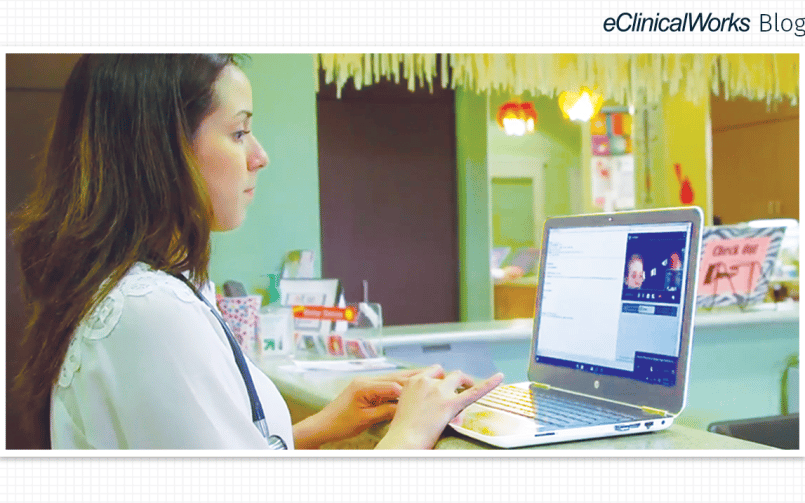
- 30 May 2018
- Blog
ADHD and Telemedicine: A Natural Fit

- 21 August 2017
- Blog
Brown Clinic: Superusers Building Value
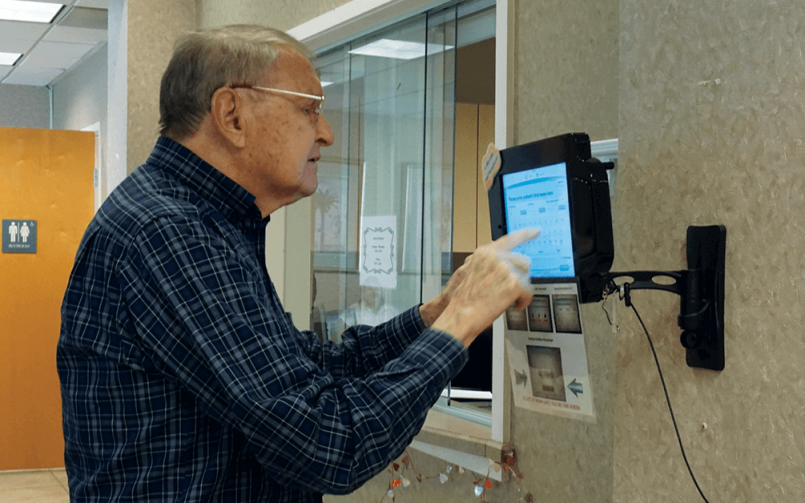
- 26 June 2017
- Blog
Chronic Care Management: Improving Quality of Care
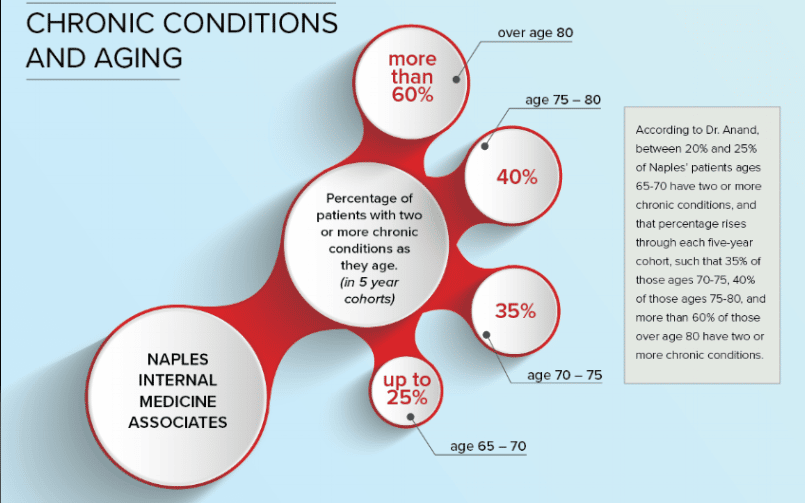
- 19 June 2017
- Blog
Chronic Care Management and Aging
- 20 March 2015
- Blog
The Next Phase of Innovation in Healthcare
- 20 March 2015
- Blog
The Playbook for Patient Engagement
Recent Posts
-
Navigating Complex Healthcare Operations: eClinicalWorks RCM Consulting Services
-
eClinicalWorks – A Complete EHR Solution
-
World Health Day: Prioritizing Emotional Wellbeing with Therapy AI Scribe
-
Celebrating National Doctors' Day 2025: Honoring Our Healthcare Heroes






